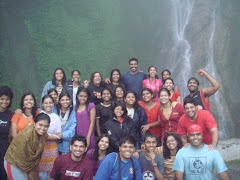Archery is an ancestral sport of Ladakh, which is part of the culture. In Leh and its surrounding villages, archery festivals are held during the summer months, with a lot of fun and fanfare. They are competitive events, to which all the surrounding villages send their teams. The sport itself is conducted with strict etiquette, to the accompaniment of the music of surna and daman (oboe and drum). As important as the sport itself are the interludes of dancing and other entertainment. Chang, the local barley beer, flows freely, but there is rarely any rowdiness. The crowds attend in their Sunday best, the men invariably in traditional dress and the women wearing their brightest brocade mantles and their heaviest jewellery. Archery may be the pretext for the gathering, but partying is the thing. In Kargil area, on the other hand, the archery competitions are more serious and bereft of the dancing and music, and these are held in early spring, at the time of the thawing of the winter snow and frost.
Each competing teams must be captained by someone from an aristocratic family, preferably the senior member present. Only particular families make the Scythian bow. The central shaft is made of mulberry wood. Slivers from the horns of the ibex goat are pasted on this shaft, giving them great tensile strength. The craftsmen of Trespon village in Kargil sell these bows to almost all of Ladakh. There is a mock battle of the sexes in the finale of the tournament. It consists of hitting a melong, which is made of brass. Before the glass reached Ladakh the melong was used as a mirror. Therefore, it is supposed to represent the fairer sex. The melong is placed on the target and if the archers manage to hit the melong, it is considered a victory for the men. In most parts of Ladakh, there is feasting after the tournament is over. Everyone participates in these feasts, regardless of class or religion. Apart from dancing, short plays are staged on such occasions.
Subscribe to:
Post Comments (Atom)

No comments:
Post a Comment